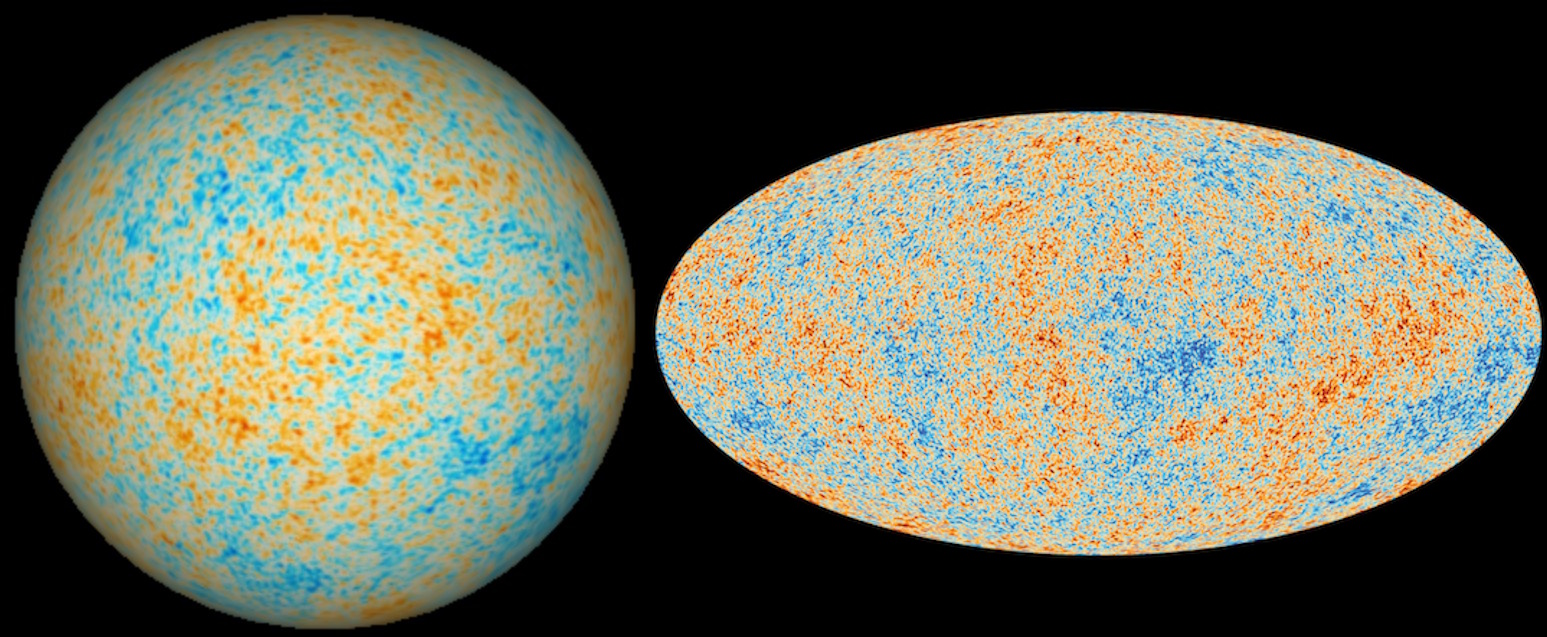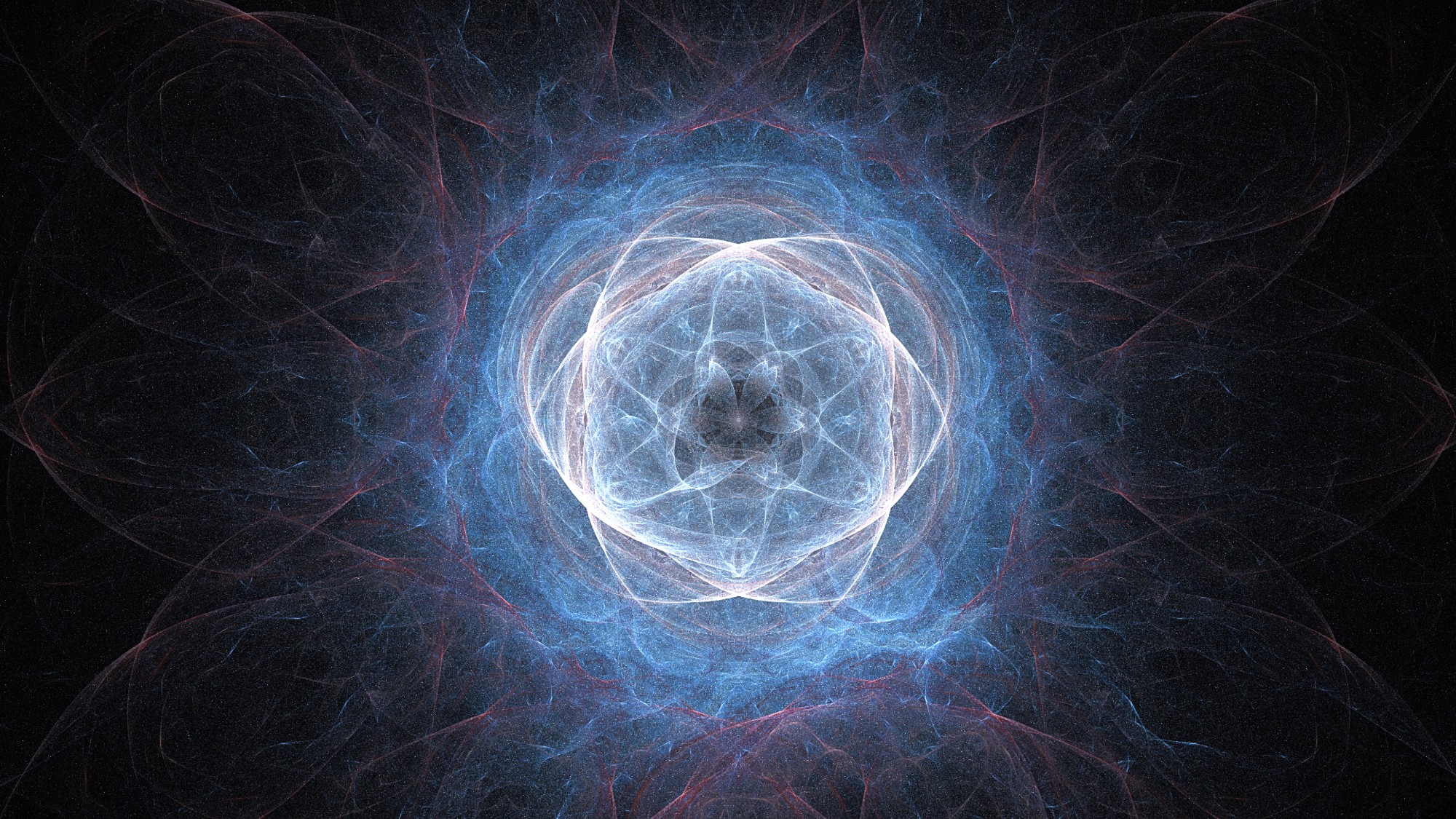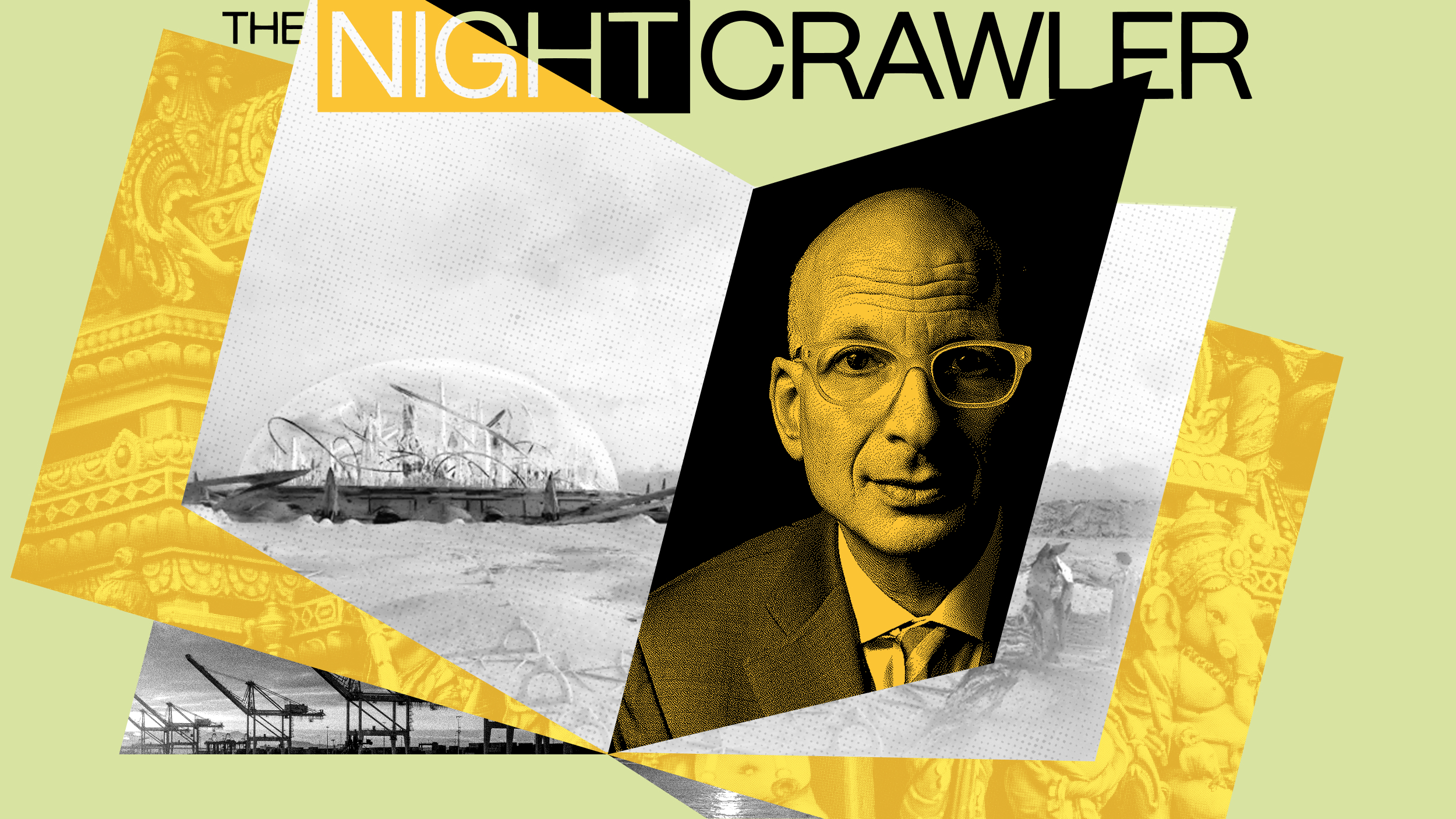The Untold Indian Heritage of Bob Marley

Across the long distance of a clear Atlantic Ocean, the Blundell Hunter lands on the shore of Old Harbour, Jamaica. The ship had docked two days prior in Morant Bay, proceeding to another part of the island to transport indentured servants to the Clarendon Plantation. Two hundred and sixty one natives of India set foot on island soil for the first time. Never again would Jamaica be the same.
An article in the Falmouth Post stated that these Indians were immediately embraced by local Africans, themselves ancestors of men and women transported across the same ocean during slave trades. Their relationship with the colonizing British, like the Africans, would not be sympathetic or friendly. As history tells it, the oppressed brethren became fast friends.
In 1834, slavery ended, followed by a six-year apprenticeship where former slaves would basically be indentured servants. As time ran up, many natives and Africans stayed on the farms as they had nowhere else to turn. Yet groups of freed slaves began forming what would eventually become Nyabinghi communities, living from the soil and sun the way ancestors had, reconnecting with the land and tossing aside the forced religion of their keepers.
British-controlled India became a prime target for laborers as farm owners needed cheap workers. Employed for a 54-hour workweek, the newcomers were quickly tasked with grueling field duties for meager pay. Some were brought over with promises of dynamic employment on tea farms like those in Calcutta, disappointed to find themselves in the thick of coffee and sugar harvesting.
The Indians and Africans were not fully “people” in the political sense of the word, so their camaraderie was a necessary social cohesion. In Home Away From Home, a compelling look at the long and complex history of Indians in Jamaica, Laxmi and Ajai Mansingh remind us that both of these cultures were the product of “Natural Theologies,” a fact that would go on to help define the Great Revival Movement on the island in the 1860s, and seventy years later, the Rastafari movement. Rastas were in many ways cross-cultural yogis, though that history is rarely told.
Today Rastas are known globally in large part due to a dreadlocked pot-smoking vocalist named Bob Marley. Few images have made an impact as broad and important to liberation movements across the world as the warrior Nesta, and his music continues to be shared, explored, listened to and remixed. Yet few people realize the influence India had on the movement behind the man.
Take Samson, one of the most important figures in Rasta symbolism. Born to the sterile wife of Manoah as prophesied by an angel, the father was told not to shave or cut the child’s hair. The young warrior ended up killing numerous Philistines (as well as a lion, another important symbol in later Rasta theology) before being tricked by his second wife and forced to have his matted hair sheared. Samson’s unbounded strength rested in these locks, and the act of shaving it annulled his invincibility. The Philistines then gouged out his eyes. He was eventually murdered, although while imprisoned his dreadlocked hair had returned. The symbolism meant that this great warrior, in chains and blind, was ultimately freed—he was no longer psychologically captive to the forces that oppressed him.
Rastas used this figure in defiance to authority, growing their hair in what the elders called zagavi. We need look no further than Hindu saddhus to find the correlation. These mendicants, inspired by the god Shiva, had been growing their hair in dreads for thousands of years in a style called jatawi. Shiva, the great paradoxical god of yoga that embodies every facet of existence in his cosmic dance (Tandava), twisted his hair as homage to snakes, considered to be symbolic of sacred energy inherent in human beings.
Rebellious as they were, early Rastas did not often grow dreadlocks. The symbol of their defiance was in unkempt, wooly beards, another tribute to Samson. As the mythologies entwined, and their confidence as a separate community outside of the controlling Brits grew, they began to wear their hair in long locks around the time Nesta released early hits like “Judge Not.” Samson, in prison and yet free, is a meditation on the vices of karma and the ability to stay focused within extreme oppression.
Numerous other symbols became so integrated into Rasta consciousness that they were attributed to the exclusive territory of Africa instead of the fusion of forms that they actually were. One is thandai, a “cool drink” that Indians made from bhang, or ganja. Indians have long had a strong affinity toward sweets, and this blend of sugar, milk and marijuana was a common beverage choice.
This was followed by another saddhu trait: smoking the sacred chalice. Outside of dreadlocks and music, reggae musicians are notoriously beloved for this openly admitted passion. Its 5,000-year history in the Indus Valley as a stimulant and medicine predates usage in Jamaica, making it an important introduction to what would become an autonomous society.
Besides this luxurious, albeit (now) illegal, drink, Indian cuisine heavily influenced ital cooking. The Ayurvedic concept of balance in food preparation and selection proved important to the strict dietary guidelines of the Nyabinghi, and later Rastas. For the most part it excluded chemicals, additives and preservatives, and often some (more rarely, all) forms of meat. Again the arrow points toward biblical diet in popular texts, but in reality a 2,000-year-old book with brief, rather general passages about nutrition could not have inspired the exquisite and well-spiced dishes that Indians helped create.
While some African traditions may have been passed down over the four centuries since their arrival in the Caribbean, chances are their spiritual practices were destroyed by Christian missionaries spreading gospels and building churches. The easiest way to indoctrinate an individual, and by extension their culture, is to capture their metaphysical understanding of the universe. This can be done through physical intimidation and forced education, though the most effective means is through language. Africans went from having a rich philosophy that taught regeneration of existence, as well as a deep respect for all aspects of nature, into a specific form of religion that explicitly states that no matter what you do in this life, it is only preparatory for what lies after.
What the Indians brought with them, and what changed the psychology of lower class islanders, was the concept of karma. The word comes from the Sanskrit karmen, and implies that your actions affect what happens to you—they leave imprints on the present moment that essentially create who you are. When these imprints become a pattern, the individual is habituated into believing their way of reality is a reflection of how reality is ‘supposed to be.’ Through right action and effort, you can liberate your mind from dangerous cycles such as this.
This philosophy that Indian workers brought with them, which empowered Afro-Jamaicans to form their own communities, was the notion that liberation was available right here, in this lifetime. To a culture bred into 400 years of mental and physical slavery, this opened their eyes to a fresh way of existing within their newfound social freedom. This did not downplay the obvious African connection that future generations of Rastas felt towards Ethiopia, their imagined homeland—many traveled to that land thinking utopia awaited, only to return to Jamaica discouraged. Yet the influence of Indians has been forgotten over time, which is a shame given the beautiful merging of cultures that took place on this island and the profound influence that one reggae musician has had on the world.
Image: Mikael Eriksson/shutterstock.com





